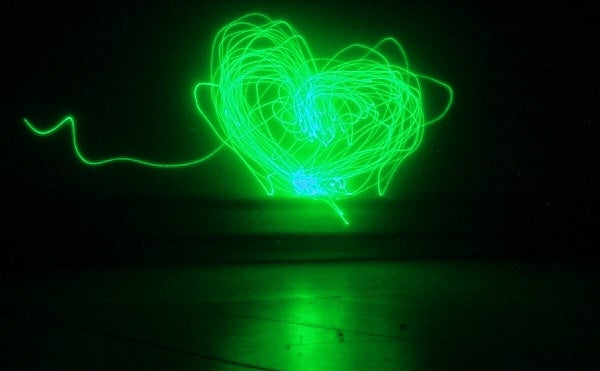According to Technology Review, the Pentagon has an infrared laser that can detect the beating of a human heart within 200 yards away. Sounds like science fiction? Well, it reminds me of Tom Clancy’s Rainbow Six. Not the video game but the 1998 novel. It is one of my all-time favorite Tom Clancy books.
In Rainbow Six, FBI agent Tim Noonan is a tech geek who joins the Rainbow Six team. Later on in the novel, he brings out a prototype heartbeat detector allegedly designed to find and rescue victims in avalanches. He uses it to identify teammates as well as targets and hostages.
While the Rainbow Six heartbeat sensor is purely fictitious what Technology Review claims is pretty close. The real heartbeat sensor is based on infrared laser technology. It is partially based on contact infrared sensors developed for the medical industry. This heartbeat sensor is called Jetson and uses an IR laser to detect vibrations made by heartbeats as far as 200 yards away. Unlike the Rainbow Six novel and video game heartbeat sensor, the real one cannot detect heartbeats through solid objects. A winter coat will defeat the sensor.
Normal remote biometric identification is facial recognition and gait analysis. But both of those have weaknesses. You can use glasses, masks, or facial hair to cover up a face. And gait analysis is not perfect and truly unique. The article claims that heartbeats are unique and cannot be faked. By cataloging heartbeat signatures you can then identify unique individuals.
According to the article, this type of recognition has a much higher level of accuracy.
Remaly’s team then developed algorithms capable of extracting a cardiac signature from the laser signals. He claims that Jetson can achieve over 95% accuracy under good conditions, and this might be further improved. In practice, it’s likely that Jetson would be used alongside facial recognition or other identification methods.
Wenyao Xu of the State University of New York at Buffalo has also developed a remote cardiac sensor, although it works only up to 20 meters away and uses radar. He believes the cardiac approach is far more robust than facial recognition. “Compared with face, cardiac biometrics are more stable and can reach more than 98% accuracy,” he says.
One issue is that you need to create a database to reference against. But I suppose that is not too difficult to obtain or create. It just takes time and energy. It is interesting to see the technology catch up to the fantasy of fiction. I assume Jetson must be aimed precisely and can only be applied to a single person at a time. It would be more useful if it could pick out one heartbeat among a crowd or large area.
 Your Privacy Choices
Your Privacy Choices
